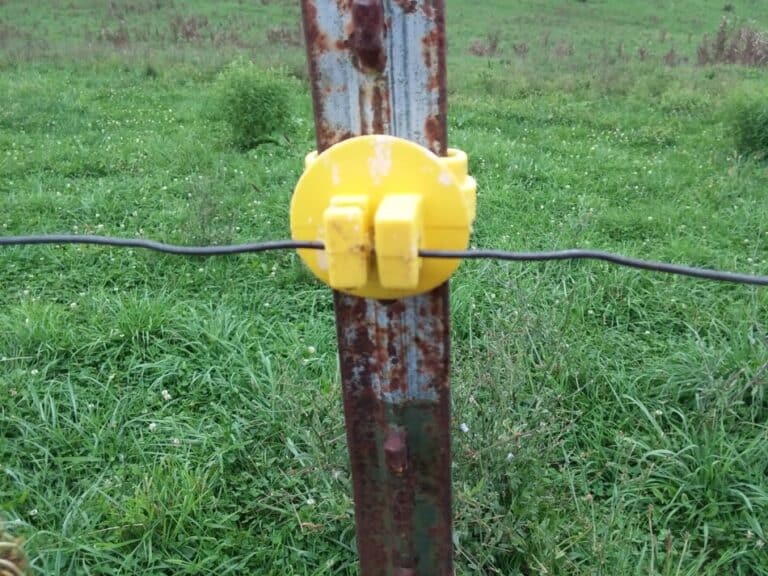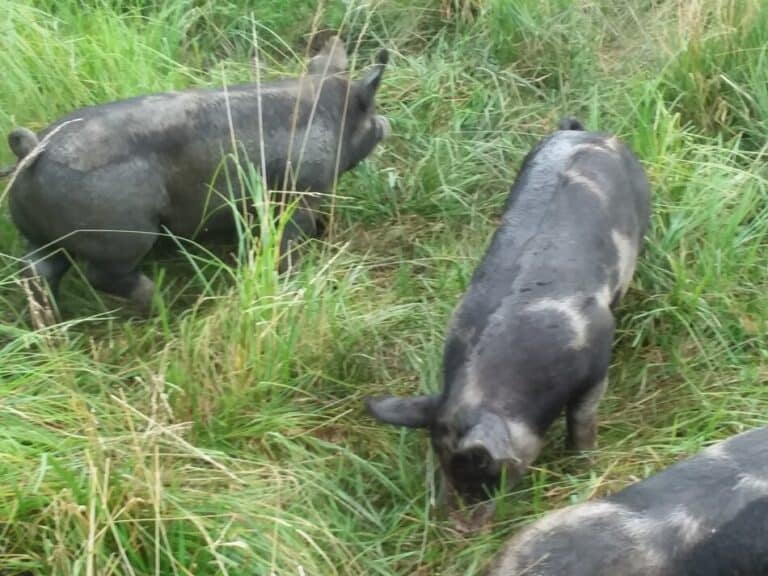What To Look For When Purchasing Livestock
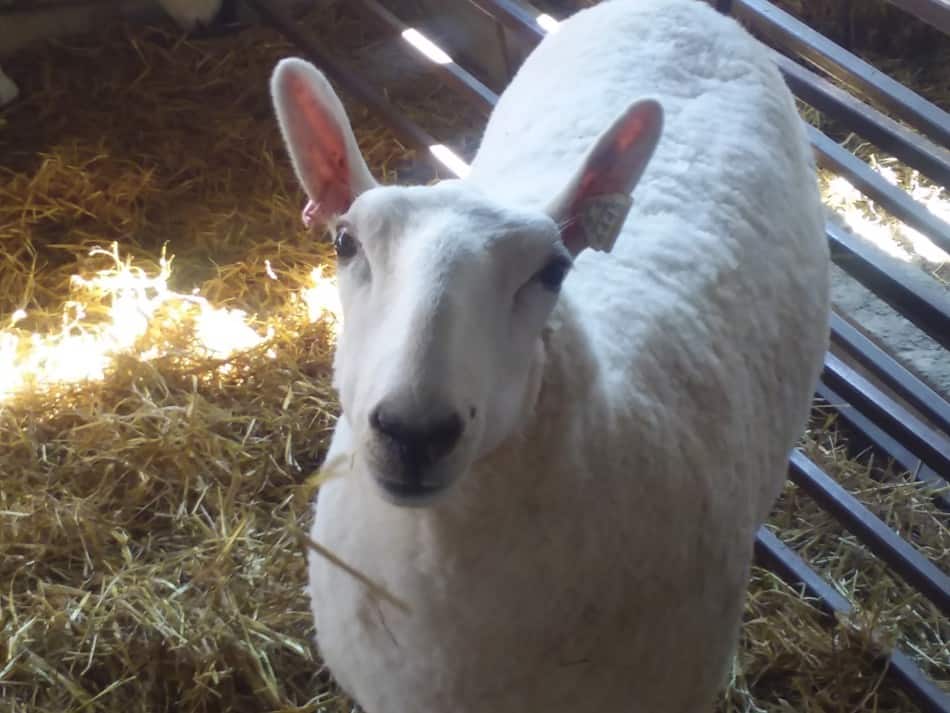
Thinking of getting into livestock? Maybe you are looking to purchase a small starter herd and are searching for some guidance?
This is great news! Let’s get started on the basics!
When purchasing livestock, look for animals with clear eyes and nose, shiny hair or feathers, appropriate body condition, good manure consistency and that the animals act like they are part of the group.
I have to say getting new animals is always a big day for me.
It’s exciting to see the start of a new project or direction of a project start to come into being.
Getting a new species that you have wanted for a while and now finally have the confidence and money to get started, or even just expanding your current herd or flock with new genetics is exciting.
Do your research before buying livestock
In all of this excitement it is easy to let your hopes and good feelings get ahead of your thinking.
Go slow. Do your research.
Look into the good and not so good aspects of the animals you are getting into.
All breeds and species have traits you are glad they have and traits you could do without, but as with anything alive it is a package deal.
I am thinking of breed associations and perhaps livestock sellers that are trying to lead you to believe if you get their stock it will be all sunshine and roses for you.
Nothing is all good all the time.
The whole point of breed differentiation is that these animals will be a bit different than others of the same species in certain aspects of their lives.
Depending upon the situation this difference can be an asset or a negative.
Another thing to watch for is individuals or groups that will say, for example, these cattle are “the best breed for grazing”.
We get some and sure enough they are good grazers but honestly so are the other cattle we have.
If you are really counting on the promised difference make sure you have something more solid to count on than opinion or personal preference.
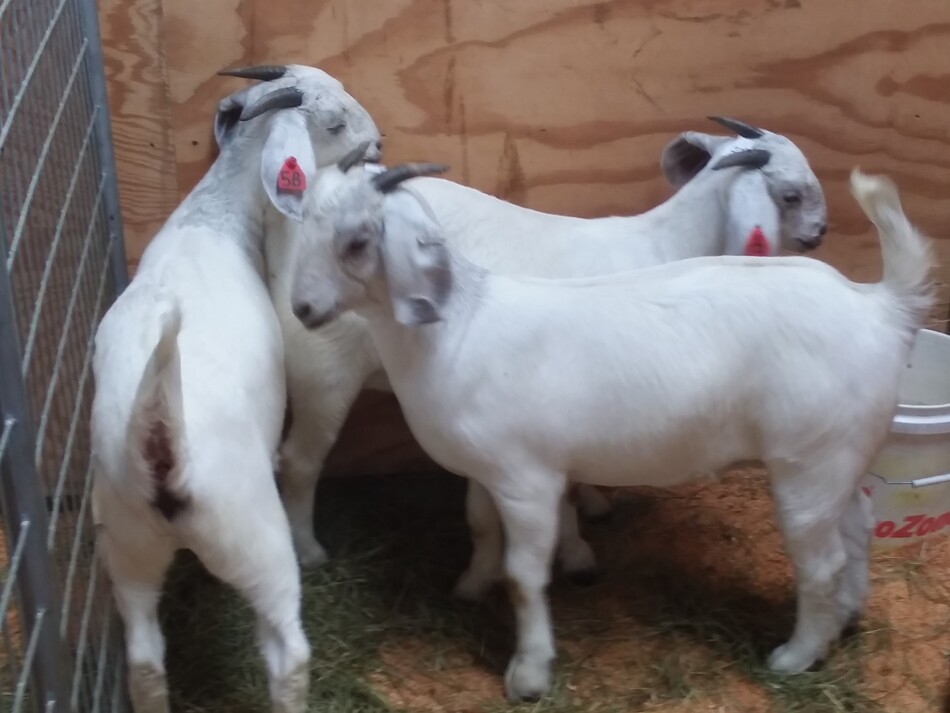
Overall health of the animal is huge
Overall health is the number one thing to be looking at when selecting livestock.
By overall health I mean does the animal look happy and healthy.
The Cheviot ewe in the picture above is a great example, she looks happy, inquisitive and healthy.
Here are some specific things to check:
- Clear eyes
- No nasal discharge
- Hair or feathers look clean and have shine
- Animal acts like it is part of the group
- Appropriate body condition
- Look at the manure
Don’t overthink this one.
Take a look at the animal as a whole. If the overall picture is good, now make a quick check of the specifics listed above.
Sometimes you will not be able to determine everything on the list, like manure from a specific chicken, but get most of the list checked over.
Correct conformation equals good stock
When considering conformation, we get into some important specifics that will be species dependent.
Here you will need to do your research and know what the animal should look like and how important is variation from ideal.
No matter what livestock you are interested in, check out my article How To Select A Family Cow. I go over the types of things you need to know regardless of what livestock you are buying.
Even if you don’t want a family cow, there are check off lists here and explanations of why some things are okay and others are not.
Know conformation basics of the animal
Before you head to the farm, spend time looking at the animal species you are hoping to purchase so you will be familiar with good and bad conformation.
Make yourself a checklist and decide ahead of time what you are willing to let slide a bit and what are absolutes.
A few examples:
For instance, if you are looking for a family cow you can accept a few conformation faults that will not matter to you but would be a big deal in a commercial dairy.
An example would be teat length, you as a hand milker want a cow with long teats, whereas the commercial dairies want short teat length.
Neither is right or wrong, it depends upon the situation.
Another example with a family milk cow is being flexible regarding the breed of the cow, after all attitude of the cow is the most important trait to choose.
I would not be flexible at all regarding the udder having four good working quarters, for me this is a must have.
For an article I wrote specifically to help out anyone looking for information on selecting a family cow please click here.
This article contains a checklist of things for you to look at and the reasons why these things are important.
Perfect does not exist, but you want to be close
If you are selecting breeding stock then you should not stray too far from ideal in conformation.
No single animal is perfect.
Some faults in conformation weigh more heavily than others, dependent upon the impact of the trait and how much it matters in your situation.
Since you are getting this animal to reproduce more stock of the same caliber, your money and time is best spent starting off with the best genetics you can afford.

Get genetics suited to your area
While animals are generally adaptable, not all breeds are suitable or even appropriate for all areas.
The area you have and the situation must match the needs of the animal.
Buying A Beef Starter Herd walks you through getting animals suited to your area.
If these needs are not easily met in your area or the situation then the situation has to be modified to meet the needs of the animals, or you need to choose a different breed or maybe a completely different species.
For instance a fast growing, heavy poultry breed will not do well in a situation where it has to forage all of it’s own food.
An example of a needy eater would be broilers. Broilers will not be able to meet their daily calorie needs with out grain provided by you.
If you want a self sufficient chicken, instead of the broiler, get a lighter weight more active breed or cross breed that will flourish in the freedom and activeness of your system.
Another biggie is heat tolerance, since generally speaking, there is not an efficient way for many farm animals to dissipate heat.
Get a breed that can handle the heat of your area. No many animals enjoy being hot, so be sure to get stock that is acclimated to your area.
Here in Ohio, we get hot, humid 90 degrees in the summer and down to 20 below zero or so most winters.
Looking at those number most people would consider the cold to be more of a problem.
Actually for the livestock, it is the heat that causes them far more stress and gives us far more problems than the cold.
How To Select A Grass Based Flock Of Sheep goes over animal selection, if you are looking at a different animal, this article will still give you some ideas.
Livestock management matters
The animals you are looking at purchasing will only give the results you are currently seeing under the current management system.
Change the system and/or management, change the results. This is not good or bad, it is just an aspect of raising these animals to keep in mind.
For instance, if the farm manager deworms the sheep every two months, no matter what, you will have to do the same to get the results you are seeing.
This is the system the animals were raised in and therefore selected to perform in.
You can and should plan to manage your animals appropriately for your area and to maximize their health.
The further your management strays from how they were raised on the home farm, the less certain your results.
You can always select the animals that perform best for you and cull the ones that do not function well in your system.
However, if you started with stock that functions well in the ways that are important to you, success will be easier to achieve.
Determine the livestock selection criteria
Where ever you get your animals from they have been selected for something over the past generations.
Ask what the top selection criteria are that the farmer is using and how each is evaluated.
Are these animals being selected for high birth weights or low birth weights? Are the stock fed on grass alone or grass and feed or just feed?
If you are looking at poultry, how are replacement hens and roosters selected? How is the best, prettiest, most colorful, etc. egg layer determined?
Ideally, the stock will have been selected for the things that matter most to you and your operation.
Be aware there is no right or wrong answer here, as long as health of the animal and structural correctness improved or maintained.
For instance, a flock might be selected for broodiness in the hens, so if all other things are equal, the preferred hen will be the one that raises her own babies.
Traits like broodiness that do not affect the overall health of the animal, but are nice to have if you want them and can easily compensated for by the flock owner if the hen is not broody.
This is an acceptable trait to select for based on personal preference.
However, hatching eggs laid by an unexpectedly broody hen who is a poor grower (that you just kept around because you have extra space) is a poor decision.
Bad genetics should never knowingly be reproduced.
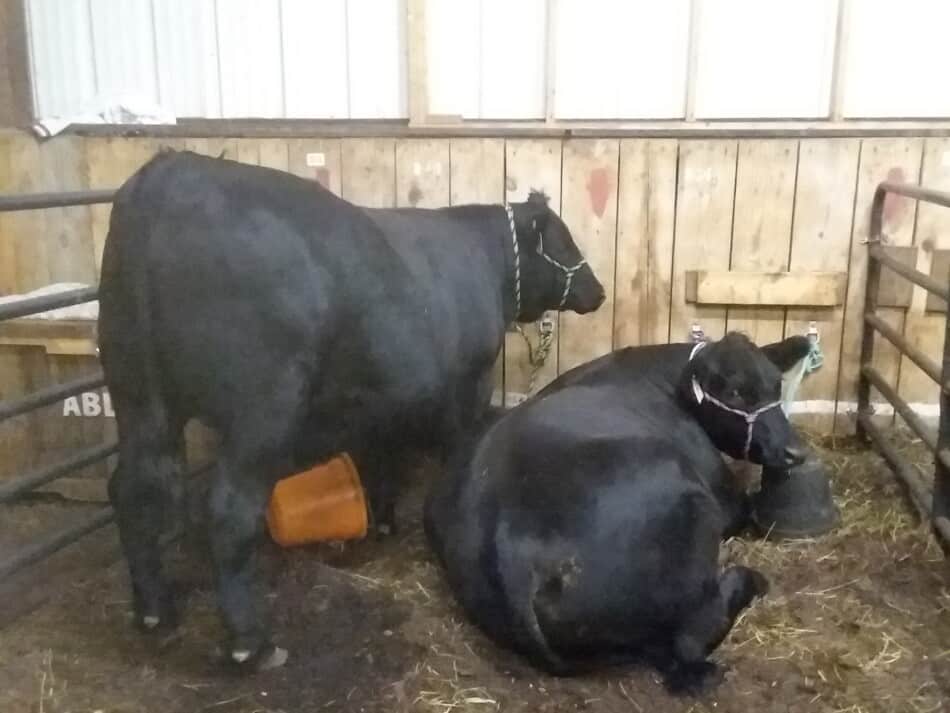
Use records to confirm production results
Finally, try to get some actual numbers on the results the seller is getting.
Are the weaning weights higher because the lambs were put through the scales periodically for the past few years or is this more of an opinion?
Please don’t insist upon seeing paperwork for the animals you are interested in buying, this will just make you seem very difficult to deal with. Just ask for the stats.
Most people who went to the trouble to keep good records or keep up with registrations will other paperwork will tell you what they have and how they keep track of information.
Be aware that records are not a guarantee of high quality, they are a record of parentage, no more and no less.
I have seen not so great animals with paperwork and plenty of great animals with no paperwork.
Additionally, many farms do not keep great records so they do not have what you are looking for on paper.
If you are needing registered stock then you must have the paperwork, otherwise just focus on getting the best animal for you.
Do not buy your first livestock from an auction
Since you are new, please do not buy your first animals of any sort at an auction.
Auctions are great places to sell meat animals, but a poor place to find breeding stock for person new to livestock.
It takes a trained eye to pick out quality stock in the confusing atmosphere of a weekly livestock auction.
The exceptions here would be a breed sale or a farm sale at the farm.
In both cases you know where the animal comes from and can talk to the person selling.
So You Want To Raise Beef Cattle? is a Penn State Extension article going over the things you need to have figured out for your new cattle to be a good fit for you and your farm.
Don’t want cattle? Consider reading it anyway, good selection criteria is fairly universal, especially if you are thinking of your animals as a business.
Related Questions
Can herd animals (cattle, sheep, goats) be kept alone?
Technically, yes you can keep a herd animal alone, but for the health of the animal it needs companionship.
Herd animals need buddies to feel happy and secure.
How much does a cow sell for at auction?
The price varies quite a bit depending upon demand and the cow herself.
The current prices will be listed online in your local livestock market report.
Be aware that an animal headed back to the farm will generally be sold by the head, for example $800.00 for a milking cow.
Any animals intended for meat are generally sold by the pound, so a market steer would sell for price per pound multiplied by the weight of the steer.
For example: $1.00/pound x 1,000 pound steer equals a total cost of $1,000.00 to buy the steer.


